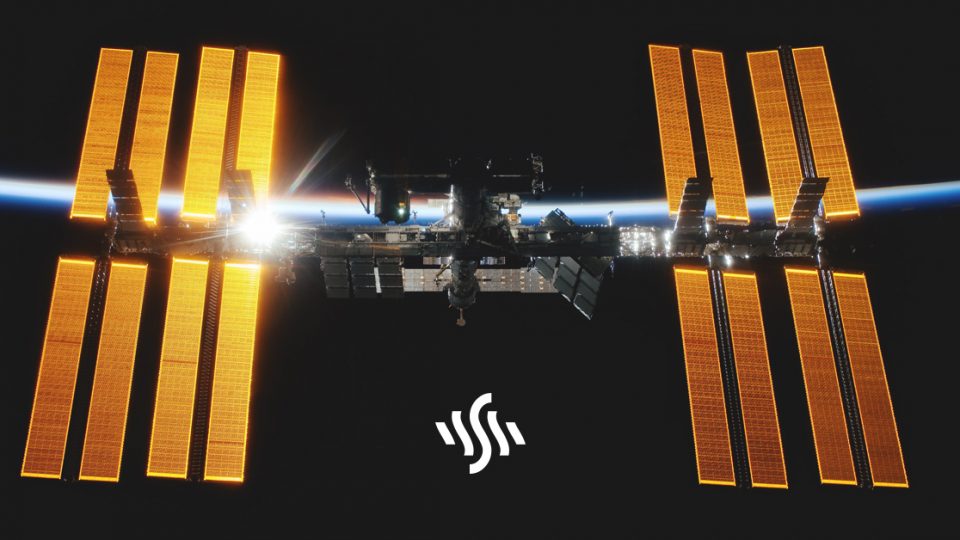Clair de Lune Becomes First NFT Beamed Into Space
Claude Debussy’s musical masterpiece, Clair de Lune has been transmitted to and from the International Space Station (ISS), in an NFT first. Get the full details here!
Non-fungible tokens (NFTs) have made a serious splash this year in the world of cryptocurrency. In a post-pandemic world, life has become increasingly digital at breakneck speed. This now heavily includes currency and artwork.
With the advent of NFTs being relatively recent, experimentation with the phenomenon is going strong. So far, we’ve seen NFTs utilised in real estate to sell property. The famous Doge meme was auctioned off for the equivalent of $4 million in Ethereum. As such, it may not come as such a surprise that NFTs have now become cosmic fodder.
Artemis Music and Nanoracks LLC teamed up last week to transmit a recording of Clair de Lune to and from the ISS. It was then minted by the companies as an NFT. Music has been transmitted to and from space before, but never quite in this way. Nanoracks, a private in-space services company, beamed the recording up towards the stars on the 28th July from their Houston headquarters. According to Artemis representatives, the digital music file completed an orbit of Earth before being transmitted back down. The recording was made in July this year, and performed by Hong Kong-based pianist Wing-Chong Kam.
How Do Space NFTs Work?
But, how exactly does all this work? NFTs are pieces of data stored in a digital ledger, known as a blockchain. They represent unique assets that can’t be swapped like for like. This is where the “non-fungible” part comes from.
As a fairly new company, Artemis Music is big on experimentation. Keen to carve out a niche in the NFT scene, this Clair de Lune stunt was part of a test for the Artemis Space Network. If successful, artists will have the opportunity to beam their own works into space and mint them as NFTs. The Cape Canaveral-based company hope this will work almost like Spotify, in terms of revenue for artists.
Bob Richards, the co-founder of Artemis Music, stated that “the way that you integrate the blockchain contract with telemetry that would prove where the file was and when it was in space had never been done before.” It’s clear that Richards firmly believes that the sky is in fact not the limit. He expressed his desire to create an accessibility to space for artists, in a recent discussion with Space.com.
“It’s the accessibility to space that we’re trying to bring to every creative globally that doesn’t exist right now — the actual capability of interacting with space with their creative process and with their creative work.”
The NFT game is continuing to create world firsts, and it seems that now is a good time to keep your eyes to the skies. Although, you won’t necessarily actually see much.
